hotline:020-29026320 |13903018415
-
-
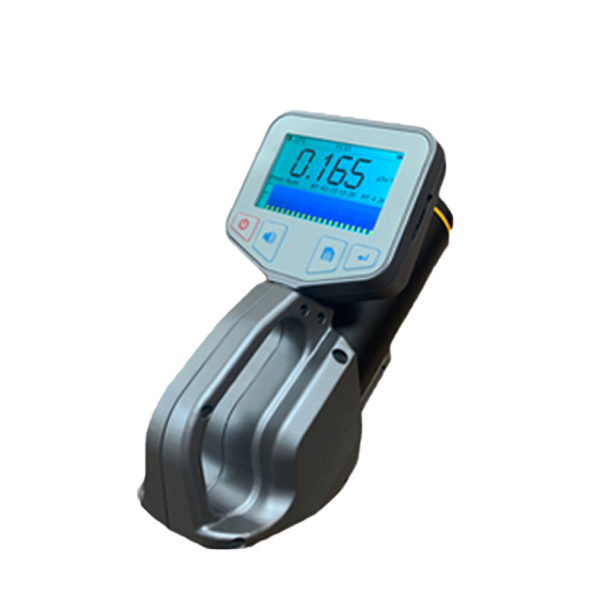
Radiation detection instrumentation
-
HYGP-2223 exposure type X, γ radiation measuring instrument
-
HYGP-2223BX, gamma dose rate meter (with tripod)
-
FI-329M intelligent household nuclear radiation detector
-
HY-2000M digital multi-channel gamma spectrometer
显示更多 -
-
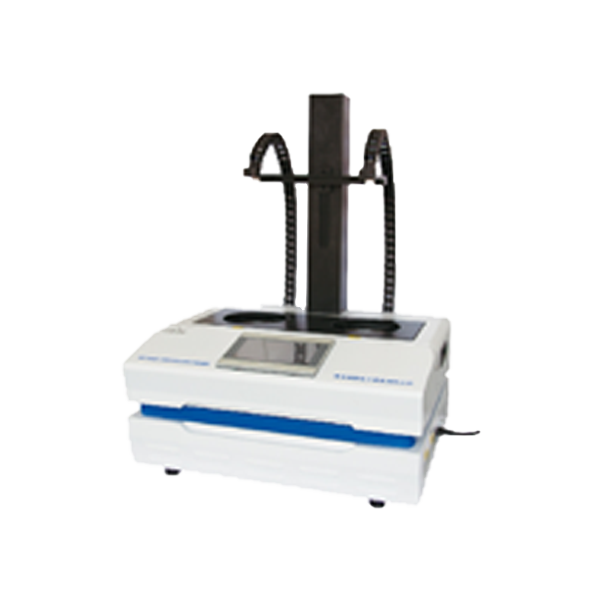
Laboratory Equipment
-
Radioactive distillation apparatus in water
-
2200Q portable turbidity meter
-
SPE Solid Phase Extraction Device
-
Portable spectrophotometer
显示更多 -
-
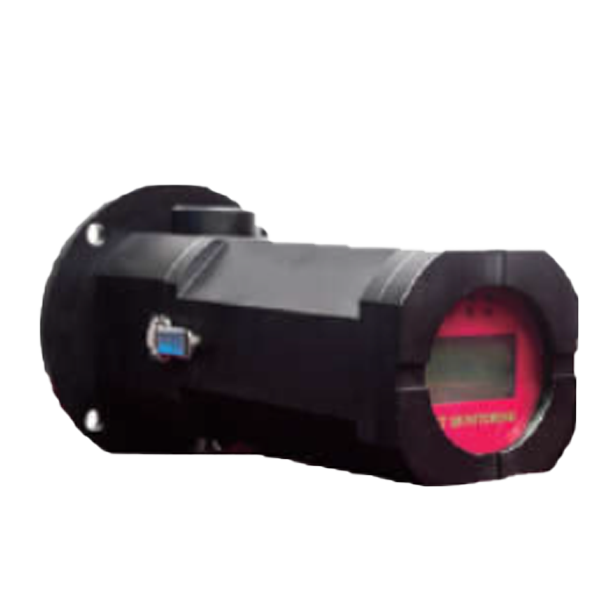
Portable environmental monitoring equipment
-
VOCs gas analyzer
-
Portable handheld VOC detector
-
Portable all-in-one multi-parameter analyzer
-
Dust detector
显示更多 -
-
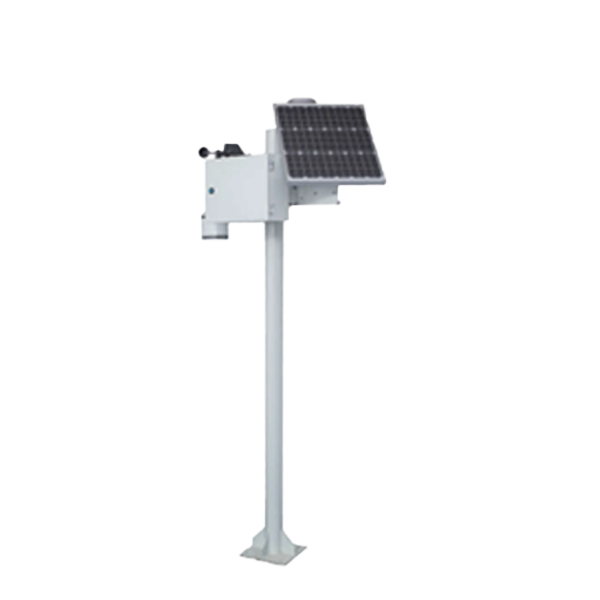
Environmental online monitoring system
-
CM-WG8200 grid air quality detection system
-
On-line monitoring system for CM-VOCs-5000 volatile organic compounds
显示更多 -
-
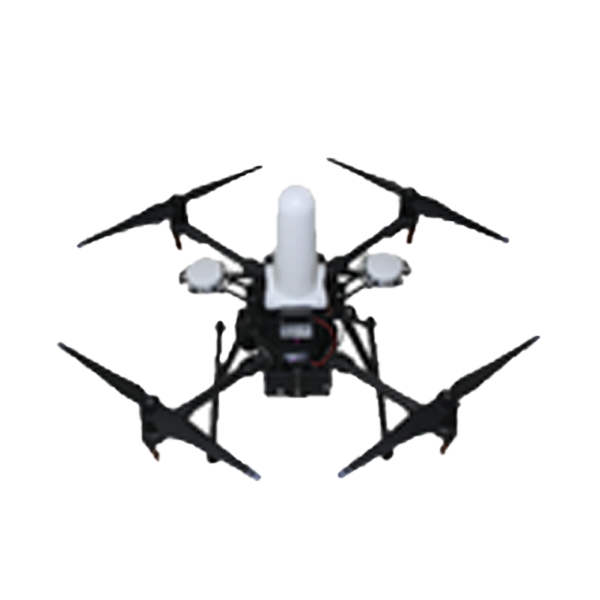
UAV Online Environmental Monitoring
-
OS-2 UAV Electromagnetic Environment Monitoring System
-
Nuclear emergency radioactive source search UAV
-
UAV Monitoring System
显示更多 -
-
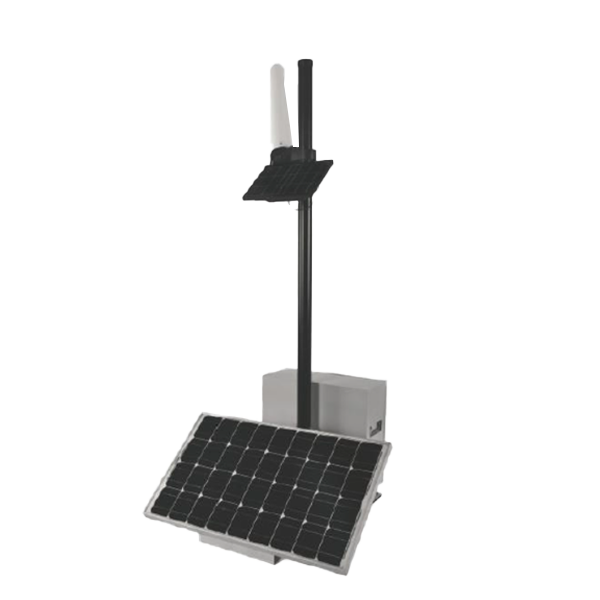
On-line Monitoring System of Electromagnetic Radiation
-
On-line Monitoring System of Electromagnetic Radiation
-
Automatic Monitoring System of HYEH460 Electromagnetic Radiation
-
HY-900A launch type radiation environment automatic monitoring station
-
OS-8 S Frequency Selective Electromagnetic Environment Online Monitoring System
显示更多 -
-
Unlocking Innovation: A Deep Dive into Laboratory Equipment
2025-08-13
Unlocking Innovation: A Deep Dive into Laboratory Equipment
Introduction: The Backbone of Scientific Discovery
Ever wondered what makes groundbreaking research possible? You guessed it—laboratory equipment! In every corner of the scientific world, from genetics to chemistry, these tools are the unsung heroes of innovation. The term "laboratory equipment" (laboratory equipment) encompasses a vast array of instruments, each designed to push the boundaries of knowledge and discovery.The Essentials: What You Need in Your Lab
Let's break it down. Every lab is a unique ecosystem, but there are a few key pieces of laboratory equipment that every researcher should have on hand. - **Microscopes**: These beauties let you peer into the tiny world of cells and microbes. Whether you're studying bacteria or looking at tissue samples, a good microscope is a must. - **Spectrophotometers**: Need to measure how much light a substance absorbs? This equipment has got your back! It's essential for tasks ranging from DNA quantification to protein analysis. - **Pipettes**: Precision is key in any experiment, and pipettes ensure you're transferring exactly the right volume of liquid every time. But wait, there's more!Innovative Instruments: The Future is Here
With rapid advancements in technology, laboratory equipment is getting smarter and more efficient. Here are a few cutting-edge tools that are changing the game: - **Automated Liquid Handling Systems**: Forget the repetitive tasks! These systems can handle multiple samples with precision and speed, allowing researchers to focus on what really matters—analysis and interpretation. - **3D Bioprinting Systems**: Yes, you heard it right! These machines can create living tissues using bio-inks, paving the way for breakthroughs in regenerative medicine. Talk about futuristic! - **Artificial Intelligence (AI) in Labs**: AI is not just for Silicon Valley. In laboratories, AI algorithms can analyze complex data sets, predict outcomes, and even suggest experimental designs.Choosing the Right Equipment: A Balancing Act
Now, if you're thinking about outfitting your lab, you might feel overwhelmed by the choices. Here are a few tips to help you navigate the jungle of laboratory equipment options: 1. **Identify Your Needs**: What's your research focus? Knowing exactly what you need will help narrow down your options. 2. **Budget Wisely**: Quality equipment can be a bit pricey, but remember—investing in good tools can save you time and stress down the line. 3. **Research Brands and Models**: Not all laboratory equipment is created equal. Do your homework and read reviews to find the best fit for your needs.Maintenance Matters: Keep Your Equipment in Top Shape
So, you've got the shiny new laboratory equipment—now what? Regular maintenance is essential to ensure that everything runs smoothly. - **Routine Calibrations**: Many instruments need to be calibrated to maintain accuracy. Don't skip this step! - **Cleaning Protocols**: Bacteria love a dirty lab. Establish a cleaning schedule to keep your equipment in tip-top shape. - **User Training**: Make sure everyone knows how to operate the equipment correctly. Mistakes can lead to costly repairs or, worse, skewed results.Conclusion: The Heartbeat of Research
In the end,Previous Page:

COOKIES
Our website uses cookies and similar technologies to personalize the advertising shown to you and to help you get the best experience on our website. For more information, see our Privacy & Cookie Policy
COOKIES
Our website uses cookies and similar technologies to personalize the advertising shown to you and to help you get the best experience on our website. For more information, see our Privacy & Cookie Policy
These cookies are necessary for basic functions such as payment. Standard cookies cannot be turned off and do not store any of your information.
These cookies collect information, such as how many people are using our site or which pages are popular, to help us improve the customer experience. Turning these cookies off will mean we can't collect information to improve your experience.
These cookies enable the website to provide enhanced functionality and personalization. They may be set by us or by third-party providers whose services we have added to our pages. If you do not allow these cookies, some or all of these services may not function properly.
These cookies help us understand what you are interested in so that we can show you relevant advertising on other websites. Turning these cookies off will mean we are unable to show you any personalized advertising.
online message
Telephone:13903018415(Manager Wang)
Business: 020-29026320
E-mail:wangxueli@haiyoukj.com
Address: Room 703, Tian 'an Innovation Building, Panyu Energy Saving Science Park, 555 Panyu Avenue North, Donghuan Street, Panyu District, Guangzhou

Sweep code attention

